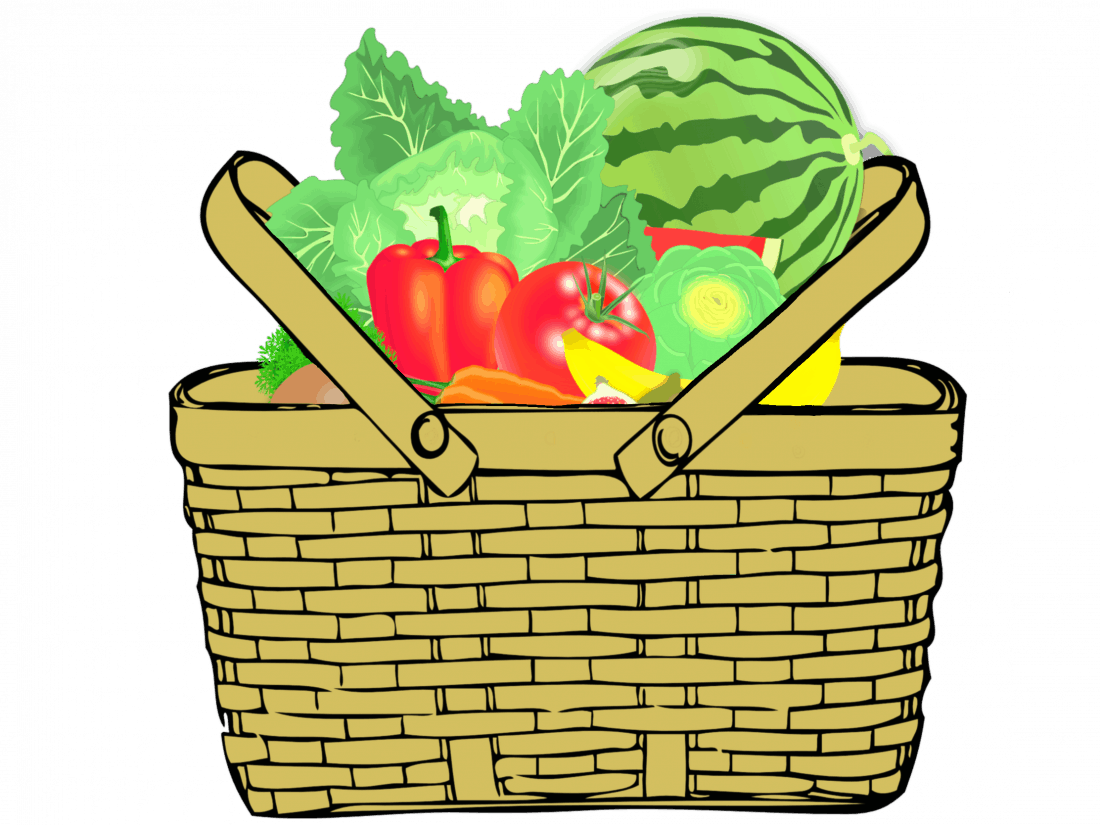
The online Emergency Food Hamper ordering system, uFood, helps students without reliable access to food get much-needed groceries.
In 2019, the campus Food Centre supplied between 24 to 79 Emergency Food Hampers each month, but research indicates that there is a much greater need for the service in the community.
Since stigma may still be a barrier for students when trying to access the service, the uFood online platform, which has now been active for a little more than a year, allows students to sign up for the Emergency Food Hampers without having to physically go to the Food Centre office.
Jillian Rogers is the Food Centre co-ordinator with the University of Saskatchewan Students’ Union. She says that food insecurity is a bigger problem than people realize, which contributes to the stigma.
“Because people don’t think it’s that common, there is that stigma of not wanting to access a food bank or thinking that there will be some sort of repercussions if people find out you’re accessing a bank,” Rogers said. “We are working and doing our best to try and mitigate those stigmatizations.”
There has been research done on just how pervasive food insecurity is on the University of Saskatchewan campus. A study released in 2017 by Rachel Engler-Stringer, associate professor for the department of community health and epidemiology, “found that 39.5 per cent of students were food insecure to some degree.”
Engler-Stringer’s research had a sample size of 4,500 students who were classified into three categories of food insecurity: marginal, moderate and severe. She found that 7.5 per cent of the student body was severely food insecure, meaning that they were skipping entire days’ worth of meals to help cope.
There is also evidence of food insecurity being a wider issue outside campus. While the Food Centre gives out less than a hundred Emergency Food Hampers each month, the Saskatoon Food Bank and Learning Centre’s 2019 annual report says that in the previous year they served 227,361 people throughout the city with 83,207 hampers.
Rogers says the best way to help students feel less stigmatized is to avoid asking about a student’s situation.
“We don’t ask questions. I think that’s the biggest thing when it comes to reducing the stigma,” Rogers said. “We just don’t [ask].”
When using the uFood platform, students can order the hampers without having to face many of the common barriers.
“We want to make it as accessible as possible so it’s just online; no questions, [you] can just submit, you get an email, you can pick it up,” Rogers said.
An added benefit of the online program is that students can select which items they want.
“The difference being [that] it’s customizable,” Rogers said. “So that’s done online; it’s meant to kind of feel like an online shopping experience.”
Unfortunately, there are some potential problems with not asking any questions ahead of giving out food hampers. Rogers hopes that only students who are having trouble accessing food use the service.
“We find that one of the main problems is word gets out about the program and then you have students coming in who don’t truly need the program,” Rogers said. “Again, we’re not asking the questions of whether or not you need it.”
However, the reduced barriers mean that the Emergency Food Hampers can better help students in times of need.
“There aren’t any restrictions to accessing it,” Rogers said. “We don’t ask for income, or we don’t ask for what your circumstances are — we don’t care about that. If you come to us and say, ‘I need help. I need food,’ we are here to provide that for you.”
You can find more information about uFood and order an Emergency Food Hamper at ussu.ca/ufood.
—
Dominique Panko